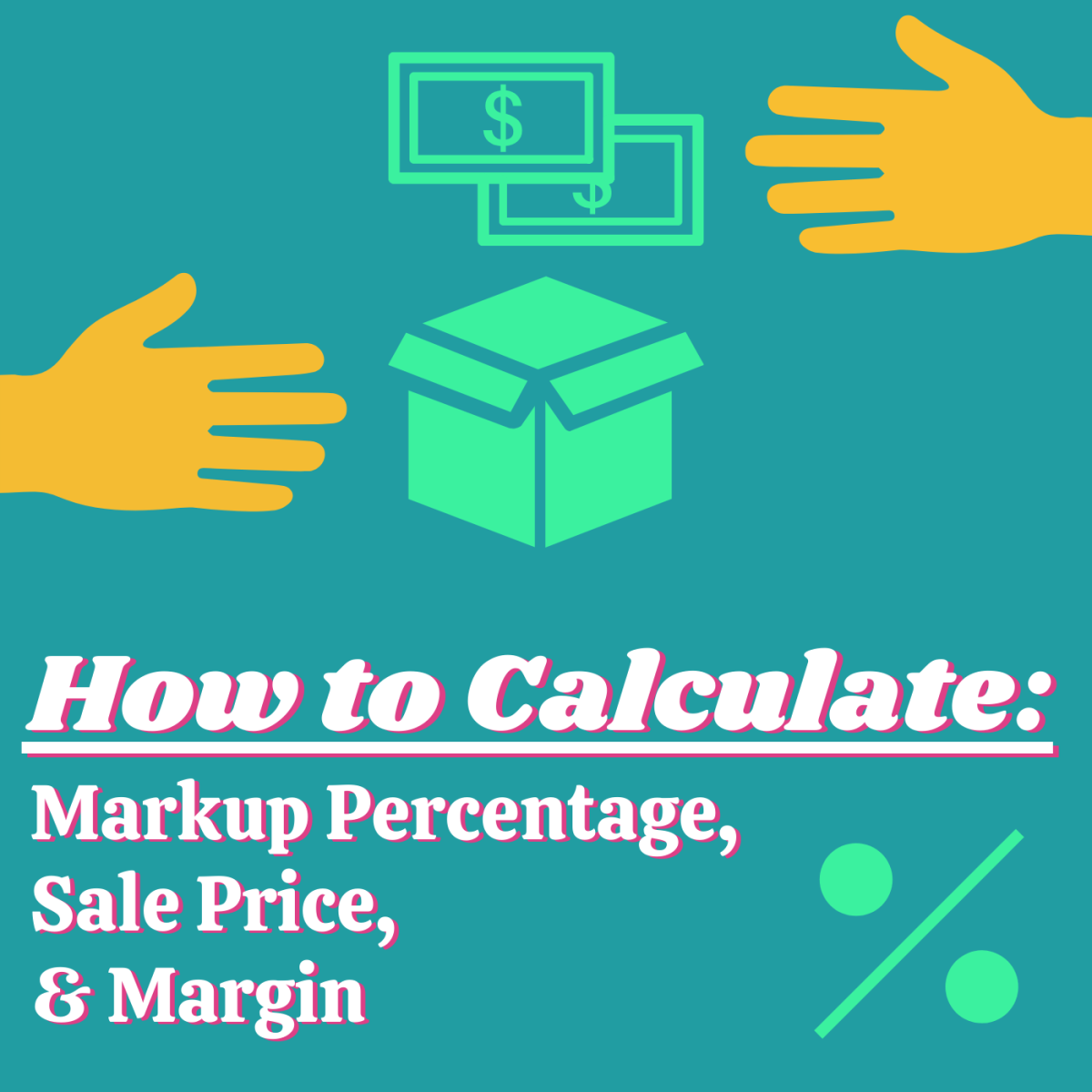Investing by Buying Stocks on a Margin
Borrowing Money To Purchase Stocks
When we talk about buying stocks on a margin we are talking about borrowing money to purchase the stock and securing the load with the stock.
In effect what a person is doing here is borrowing money from their broker or some other lender, using the money to buy stock and then pledging or promising the lender that the stock will be sold to pay the loan in the event the stock falls in price. When a person purchases stock on a margin, the lender only loans them part of the price and the person purchasing the stock has to come up with the difference.
The difference between the amount borrowed and the current value of the stock is the purchaser's equity, or amount of the stock value that is theirs versus the portion of the value represented by the loan in the investment.
The lender, of course, will only loan a certain percentage of the purchase price. If the maximum amount the lender will lend is 60% of the investment then the purchaser will have to come up with the remaining 40% of the price.
Thus, if a stock is selling for $100 per share and you wish to purchase 100 shares the total cost (ignoring broker commissions and other fees) will be $10,000 (i.e., 100 shares times $100 per share = $10,000). The lender will lend you up to 60% or $6,000 and you have to come up with $4,000.
The lender will require that your equity always be at least 40% of the original value of the purchase. So long as your equity is at least 40% of the original purchase price it means that the lender can still recover the entire amount of their loan to you by selling the stock.
If you borrowed the full 60% of the price that the lender was willing to lend then any increase in the price would increase your equity since the stock is now worth more. However, any drop in the price of the stock below the original price would trigger a margin call.
Margin Calls
A margin call is when the lender demands that you either pay down the loan to the point where it is no more that 60% of the new price or the lender will exercise its right to sell the stock and get its money back rather than risking a further price drop to where the total value of the stock is less than the amount it has loaned.
For instance, using the example above, let's assume that the stock was selling at $100 per share and you wished to purchase 100 shares but only had $4,000 of the $10,000 needed to make that purchase.
So you borrowed the maximum allowed, $6,000 which is the 60% of the purchase price that the lender is willing to lend. Then, instead of going up as you had anticipated the price of the stock dropped to $95 per share reducing the value of your investment to $9,500. The $6,000 loan now represents 63.2% of the value of the investment while your equity (the portion that you own outright and not covered by the loan) in the investment has dropped to 36.8%.
You either have to pay the lender $300 to reduce the loan balance to $5,700 which is 60% of the new value of the investment or have the lender sell part of your stock to get the money they loaned back.
Had you invested $5,000, or half the purchase price, then you would have only had to borrow 50% of the price which would have given you a cushion in the event of a drop in the price of the stock in that, with a 50% equity position the stock would have to drop by more than 10% before your equity in the investment fell below 40% and you faced a margin call.
Advantages of Purchasing Stocks on a Margin
So, given the risks of a margin call, why would someone want to purchase stock on a margin? The reason is leverage.
If you study the company whose stock in the above example is currently selling at $100 per share and conclude that this stock could easily increase to $125 within the next few months then a $10,000 investment in that stock would allow you to purchase 100 shares now and sell them in a few months for $12,500 (100 shares times $125 per share) giving you a $2,500 profit.
However, you only have $5,000 to invest at the moment which would limit your purchase to 50 shares and limit your anticipated profit to $1,250 (this example, of course ignores commissions and other transaction costs). By borrowing the additional $5,000 and doubling your investment you can double your profit.
There is, of course the risk that the stock price may drop before it rises and, if it drops below the margin requirement you may be forced to sell it and lose your money while, if you had not borrowed, you could have held on until it did go up as anticipated.
Used wisely and cautiously, buying on a margin can be profitable. However, a sudden drop in the price of a stock or sudden drop in the market as a whole which occurred in the Fall of 2008, can result in many investors having their stocks sold at a low price to meet margin calls. Of course this sudden and large scale selling to meet margin calls serves to drive falling stock prices down even faster.
Links to My Other Hubs on Finance
- Financial Leverage
In the financial sense, leverage is the process by which a business person, entrepreneur or investor is able to greatly increase the return on an investment through the use of borrowed money. A...








